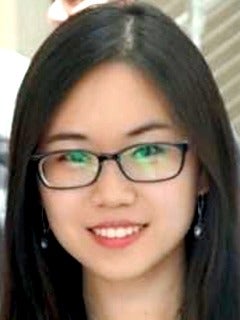Two-dimensional (2D) layered crystals are a promising class of materials for post silicon electronics. Due to their atomic thinness, flexibility, and versatile electrical properties (i.e. conductors, semiconductors, and insulators), we can envision future ultra-small, flexible computers completely comprised of various 2D materials. For this application, lateral heterostructures of 2D materials play a major role, as they are the fundamental elements in a circuit, such as p-n junctions and metal-semiconductor contacts. This presentation will discuss using transmission electron microscopy (TEM) and related techniques to address how different 2D materials merge to form lateral heterostructures, specifically between two distinct transition metal dichalcogenides (TMDs). Our results demonstrate how the strain is relaxed in epitaxial lateral heterostructures. These findings can unravel how to use or engineer distortions in 2D lateral heterojunctions and predict the mechanical strength.

Yimo Han received her B.S. from Tsinghua University, and Ph.D. from Cornell in Applied Physics with Prof. David Muller. Her research focuses on electron microscopy and the characterization of nanomaterials (specifically two-dimensional crystals). During her Ph.D., she also spent 8 months at MIT to learn the chemical synthesis of two-dimensional materials in Prof. Jing Kong’s lab. After graduating from Cornell University, she joined Prof. Nieng Yan's group at Princeton to expand her knowledge on cryoEM.
